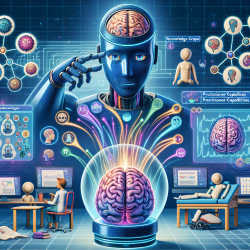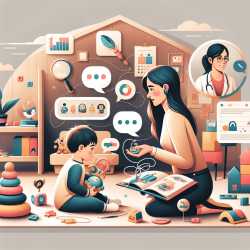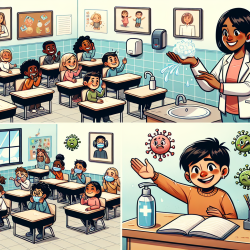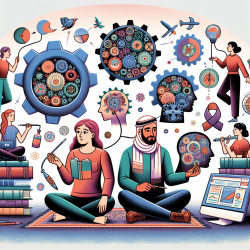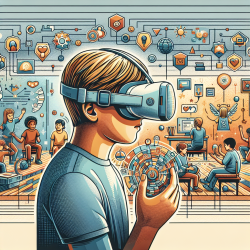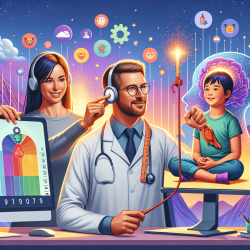The landscape of healthcare is rapidly evolving with technological advancements. One such innovation is the use of chatbots in providing medical information and support. A recent research article titled "Developing a Chatbot to Support Individuals With Neurodevelopmental Disorders: Tutorial" explores the development of a chatbot named CAMI (Coaching Assistant for Medical/Health Information) designed to assist families of individuals with neurodevelopmental disorders (NDDs).
The Role of Chatbots in Healthcare
Chatbots are computer programs that simulate human conversation and are increasingly being used in various sectors, including healthcare. They offer several benefits such as 24/7 availability, rapid delivery of information, privacy, and engagement through an appealing user interface. Despite their potential, the use of chatbots in healthcare remains limited, particularly in complex medical domains like NDDs.
Introducing CAMI: A Specialized Chatbot for NDDs
The CAMI chatbot was developed to provide trusted resources covering core knowledge and services relevant to families dealing with NDDs. The developers utilized the Django framework and a knowledge graph to map key entities related to NDDs and their interrelationships. This approach allows CAMI to suggest web resources pertinent to user queries.
Key Features of CAMI
- User-Centric Design: Developed in collaboration with individuals with lived experience, ensuring that the chatbot meets the real needs of its users.
- Knowledge Graph Utilization: The knowledge graph helps in depicting key entities and their relationships, enhancing the chatbot's ability to provide relevant information.
- NLP Integration: Natural Language Processing (NLP) techniques are used to identify domain-specific entities from user input, improving the accuracy of resource suggestions.
Implications for Practitioners
The development and implementation of CAMI have significant implications for practitioners working with individuals with NDDs. By integrating this technology into their practice, practitioners can enhance their skills in several ways:
- Access to Trusted Resources: Practitioners can leverage CAMI's extensive database of resources to stay informed about the latest developments and best practices in NDD care.
- Improved Patient Engagement: The interactive nature of chatbots can help practitioners engage more effectively with patients and their families.
- Simplified Information Sharing: Practitioners can use CAMI to quickly provide families with reliable information tailored to their specific needs.
The Future of Chatbot Technology in Healthcare
The successful development of CAMI highlights the potential for chatbots to revolutionize healthcare delivery. By continuing to refine these technologies and expanding their applications across other health domains, we can improve access to care and optimize the input of healthcare professionals.
If you're a practitioner looking to enhance your skills or explore new tools for patient care, consider integrating chatbot technology into your practice. For further reading on this topic, you can access the original research paper by following this link: Developing a Chatbot to Support Individuals With Neurodevelopmental Disorders: Tutorial.
